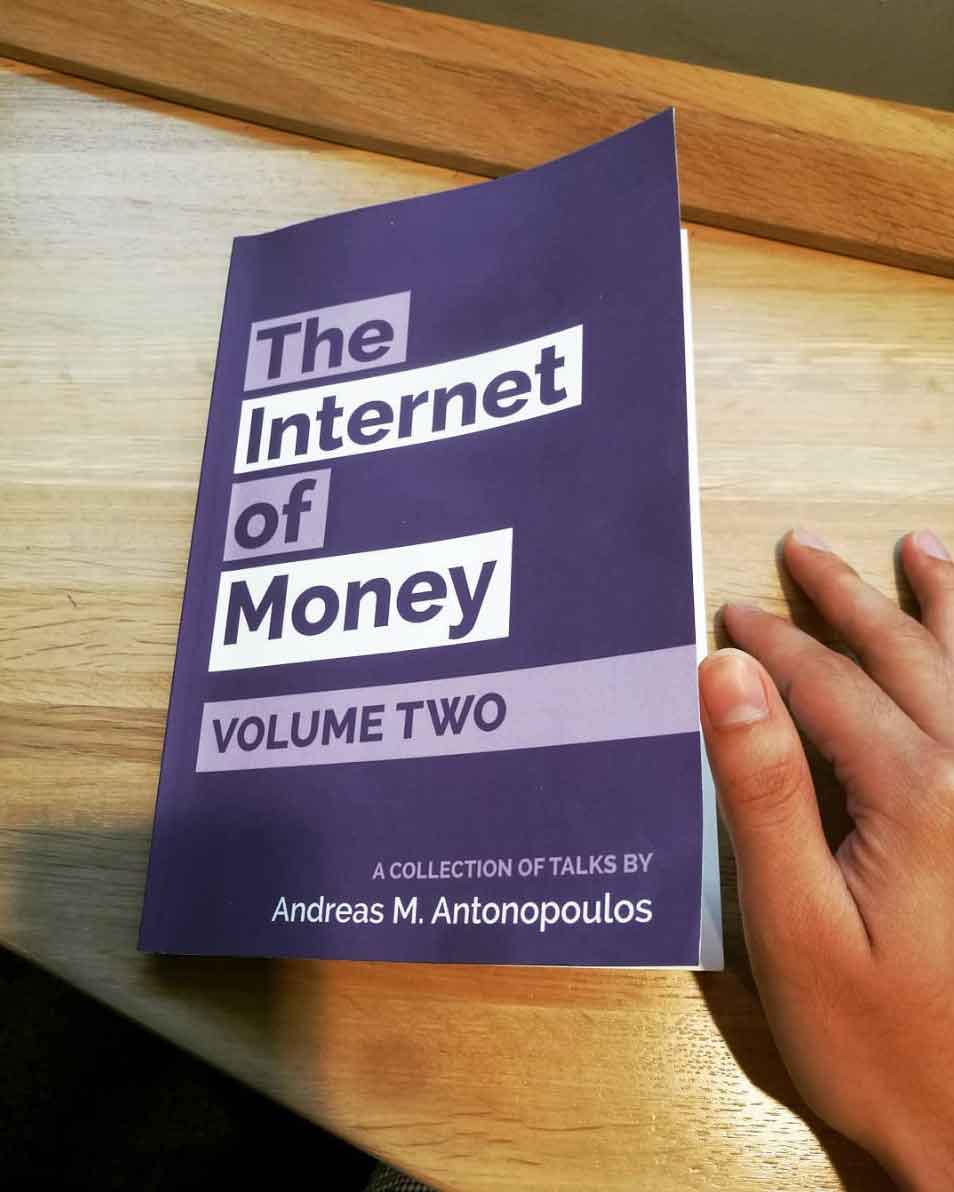
Great book about Bitcoin by one of the leading educators of the technology. Some great, original insights as well.
Bitcoin is “the concept of decentralization applied to the human communication of value” (p. 2), with Bitcoin we go from “institution-based money” to “network-based money” (p. 3). Because it is decentralized, innovation can happen without permission, in the most interesting areas, the margins–this “enables exponential growth” (p. 6).
Blockchain + proof of work + P2P network + cryptography = bitcoin, blockchain is not the sole technology behind bitcoin. .Bitcoin is immutable because financial transactions recorded onto blockchain and guaranteed by proof of work makes it nearly impossible to change, authorities are unable to tamper with financial transactions because of the consensus algorithm, and the energy, cost, and time requirements to do a 51% attack.
Bitcoin mining takes a large amount of energy (Bitcoin mining uses more energy annually than Switzerland), but Antonopoulos gives us an interesting perspective on this: the purpose of mining is to guarantee security with proof of work, bitcoin is a side product; energy is just the material to create history on the blockchain, to create this digital monument of immutability.
Antonopoulos the anarchist seems to predict that Bitcoin will eventually overtake the “unholy alliance” of money and state. The 2008 financial crisis has shown us that the rule of law is hardly an instrument of justice, these mechanisms are “soft promises” by those in authority in contrast to the immutable, decentralized systemof Bitcoin, which contains a “hard promise.”
Nassim Taleb makes an appearance: Bitcoin is an anti-fragile system that becomes robust through the constant attacks to it; meanwhile the banks live in constructed and artificial safety, large and vulnerable.
Bitcoin vs Ethereum: Ethereum allows programming flexibility, Bitcoin trades flexibility for security. We have only touched the surface of what can be done with Bitcoin and Ethereum: there is not yet the required infrastructure, the concentration of users, etc for a lot of possible applications to succeed.
The most creative insight: Bitcoin changes the form of money. Money is transferred in “containers” (p .78), because the current financial system does not allow enough flexibility for micro- transfers and micro- micro- transfers. And so we receive a monthly or biweekly salary (the container of the money). With Bitcoin, money can be seen as an endless stream, a flow uninhibited by a container. Like how streaming videos changed people’s experience of audiovisual material, what will streaming money mean, and how will it change our experience with and the function of money?—a provocative question.









































